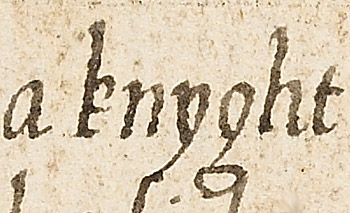Apollonius of Tyre
General Information
Plot Summary

The fragments begin with Apollonius making an offering at the Temple of Diana at Ephesus. He recounts how he saved Tarsus from famine and was married to the princess of Cyrene, who bore him a daughter but died at sea. He left the child at Tarsus, returning 14 years later to find that her guardians, Strangulion and Denyse, had ordered her to be killed. She was saved by their slave Theophilus, however, and father and daughter are now reunited. After hearing his story, the priestess reveals that she is, in fact, his wife, who has also survived. The reunited family hold a feast for the citizens of Ephesus, then return to Tarsus.
After being joyfully welcomed by the people, Apollonius confronts Strangulion and Denyse, showing them his daughter dressed in a beautiful robe. The angry citizens stone the traitors to death, sparing Theophilus. After 40 days, Apollonius and his family return to Cyrene and his father-in-law, who dies a year later. Apollonius rewards a fisherman and a merchant who helped him earlier in his adventures. He also records his story in two books, presenting one to the shrine at Ephesus. The family rule well and happily, raising two sons who help Apollonius rule over his lands in Tyre, Cyrene and Antioch until he dies. A coda states that the romance was translated at Wimborne Minster.
From: A.H. Smyth, 'Shakespeare's Pericles and Apollonius of Tyre: A Study in Comparative Literature', Proceedings of the American Philosophical Society vol. 37, no. 158 (1898): 206-312.
Manuscript: Oxford, Bodleian Library, MS Douce 216.
Manuscripts
Click a title below to search for all romances in that manuscript.